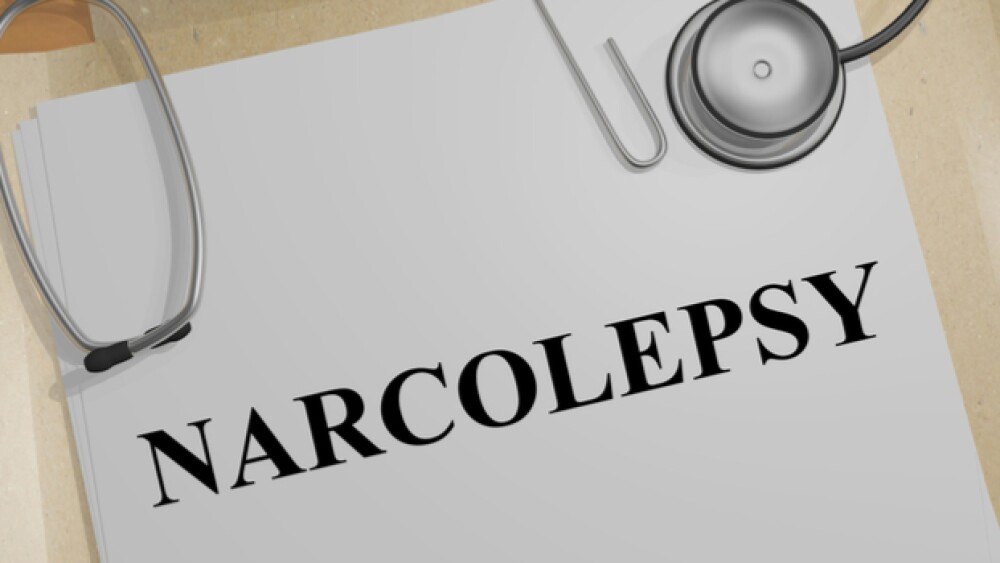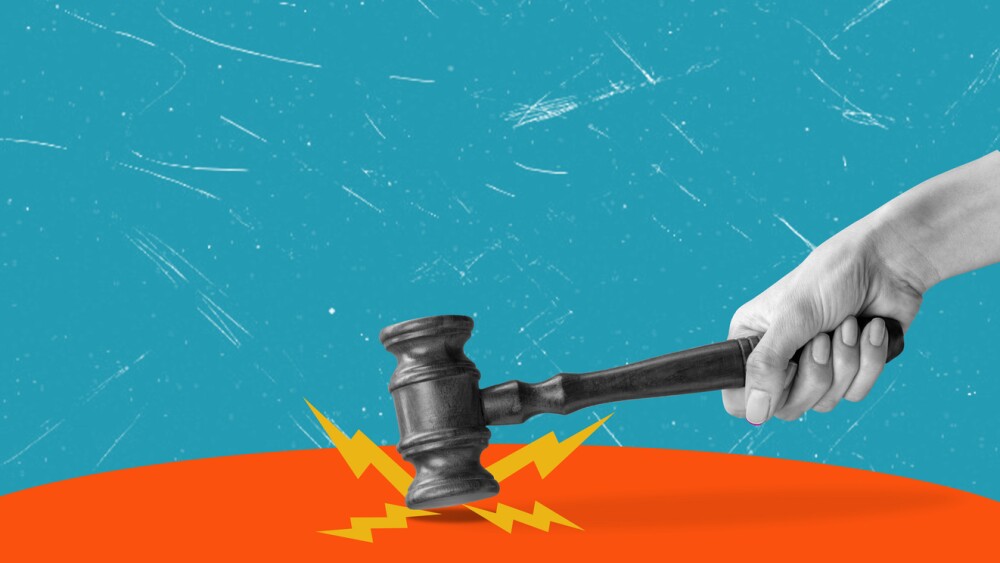For type 1 narcolepsy, this sleep-wake instability is linked to low levels of hypocretin, also called orexin. Hypocretin is a neurotransmitter produced in the hypothalamus and has a significant role in wakefulness and regulating rapid eye movement (REM) sleep. But Harmony Biosciences has found another link, this one to histamine.
Narcolepsy is a sleep disorder characterized by excessive sleepiness, sleep paralysis, hallucinations, and in some cases partial or total loss of muscle control, which is called cataplexy. It affects about 2,000 people in the U.S.
For type 1 narcolepsy, which was previously called narcolepsy with cataplexy, this sleep-wake instability is linked to low levels of hypocretin, also called orexin. Hypocretin is a neurotransmitter produced in the hypothalamus and has a significant role in wakefulness and regulating rapid eye movement (REM) sleep.
But Harmony Biosciences has found another link, this one to histamine. In late May, the U.S. Food and Drug Administration (FDA) granted the company’s pitolisant Breakthrough Therapy and Fast Track designations for cataplexy in patients with narcolepsy. Pitolisant also received orphan designation. It is the first selective histamine H3-receptor antagonist/inverse agonist, which enhances the activity of histaminergic neurons in the brain. These neurons improve wakefulness and inhibit cataplexy.
The drug was first developed by France-based Bioprojet and was approved by the European Medicines Agency (EMA) in 2016, where it is currently being marketed under the trade name Wakix.
In October 2017, Harmony, based in Plymouth Meeting, Pennsylvania, licensed the U.S. rights by way of its parent incubator-investor Chicago-based Paragon Biosciences.
“We are very pleased that the FDA has granted pitolisant Breakthrough Therapy and Fast Track designations and believe it reflects the Agency’s interest in this investigational product to potentially address an important unmet medical need for patients with narcolepsy,” said Jeffrey Dayno, Harmony’s chief medical officer, in a statement at the time. “We look forward to working with the FDA throughout the submission and review of an NDA for this first-in-class molecule with a novel mechanism of action to treat adult patients with narcolepsy with or without cataplexy.”
In posters presented at SLEEP 2018, the drug showed a reduction in cataplexy by 60 to 75 percent in placebo-controlled Phase II and III trials, with favorable safety and efficacy. The drug targets the histamine-3 (H3) receptor.
Dayno told Sleep Review Magazine, “The principals (of Bioprojet) are Jean-Charles Schwartz and Jeanne-Marie Lecomte, both scientists. Jean-Charles Schwartz is the individual who discovered it, so it really came out of their labs. He’s spent his life working on the histaminergic system. He discovered the histamine-3 receptor and cloned it, and then started to design molecules as an H3 receptor antagonist/inverse agonist. He went through a series and then optimized the product design and came up with pitolisant.”
The link between histamine and narcolepsy is fairly recent. A study published in 2013 by investigators at Beth Israel Deaconess Medical Center in Boston found that narcolepsy patients had an increased number of neurons that produce histamine. Principal investigator Thomas Scammell, professor of Neurology at Beth Israel, told the American Academy of Sleep Medicine (AASM), “The orexin/hypocretin neuropeptides promote wakefulness, and researchers have known for 13 years that narcolepsy is caused by loss of the orexin/hypocretin neurons in the hypothalamus. We found that narcolepsy is also associated with a very large increase in the number of neurons producing histamine, another wake-promoting neurotransmitter.”
In their study, narcolepsy patients had 94 percent more histaminergic tuberomammillary nucleus (TMN) neurons. “Previous studies have assumed that loss of the orexin neurons was a sufficient explanation for the symptoms of narcolepsy, and this large increase in histamine-producing neurons was unexpected,” Scammel said. “This new observation suggests that drugs that reduce histamine signaling at night may improve sleep in narcolepsy, whereas drugs that enhance histamine signals may be a good option for promoting alertness during the day.”
Pitolisant works in two ways on histamine. First, it is a highly-selective H3 receptor antagonist. And second, it is also an H3 receptor inverse agonist. Sleep Review Magazine writes, “By acting on presynaptic histamine H3 receptors, pitolisant as an antagonist blocks the binding of histamine to the receptor, releasing the virtual brake that would otherwise be in place, and so allows more histamine to come out of the presynaptic neuron. The inverse agonist quality means it up- or down-regulates histamine depending on how much activity is going on. Together, they increase histaminergic transmission in the brain.”
In May, Harmony also announced its Pitolisant Expanded Access Clinical Evaluation (PEACE) program. It is an open-label Expanded Access Program (EAP) that gives access to the drug to adults in the U.S. with excessive daytime sleepiness associated with narcolepsy with or without cataplexy.
“This expanded access program for pitolisant provides physicians in the U.S. with an opportunity to gain clinical experience with this first-in-class investigational product that works through the histaminergic system to improve wakefulness and inhibit attacks of cataplexy,” said Michael Thropy, professor of Neurology at Albert Einstein College of Medicine, director of the Sleep-Wake Disorders Center at Montefiore Medical Center in New York, and principal investigator on the EAP for pitolisant, in a statement. “I am pleased that Harmony Biosciences is making this program available while working on the NDA, as the data suggest that pitolisant could represent a new treatment option which is much needed for our patients with narcolepsy.”





